Lesser known perhaps than its Western European counterparts (nestled in a central pocket alongside Italy, a step south of Austria) is Slovenia, a nation brimming to the borders with beauty. Rarely the first choice of Europe-bound travellers, skipping Slovenia could be foolish: whether it’s frolicking in the Julien Alps, sipping on refreshments by the Istrian coast or being baffled by the biodiversity of Postojna Caves, then it can be experienced here; there’s a world of magic that awaits.
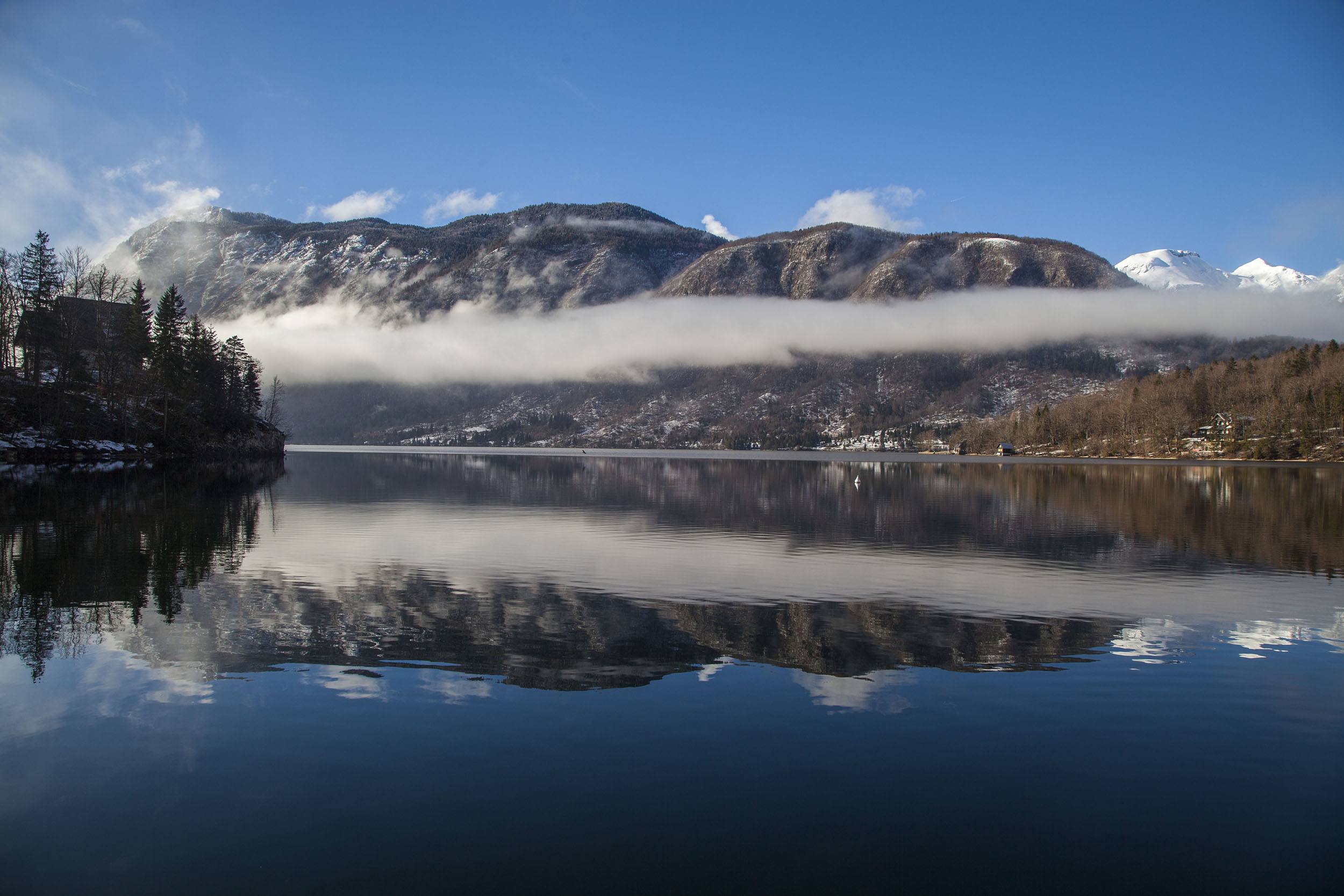

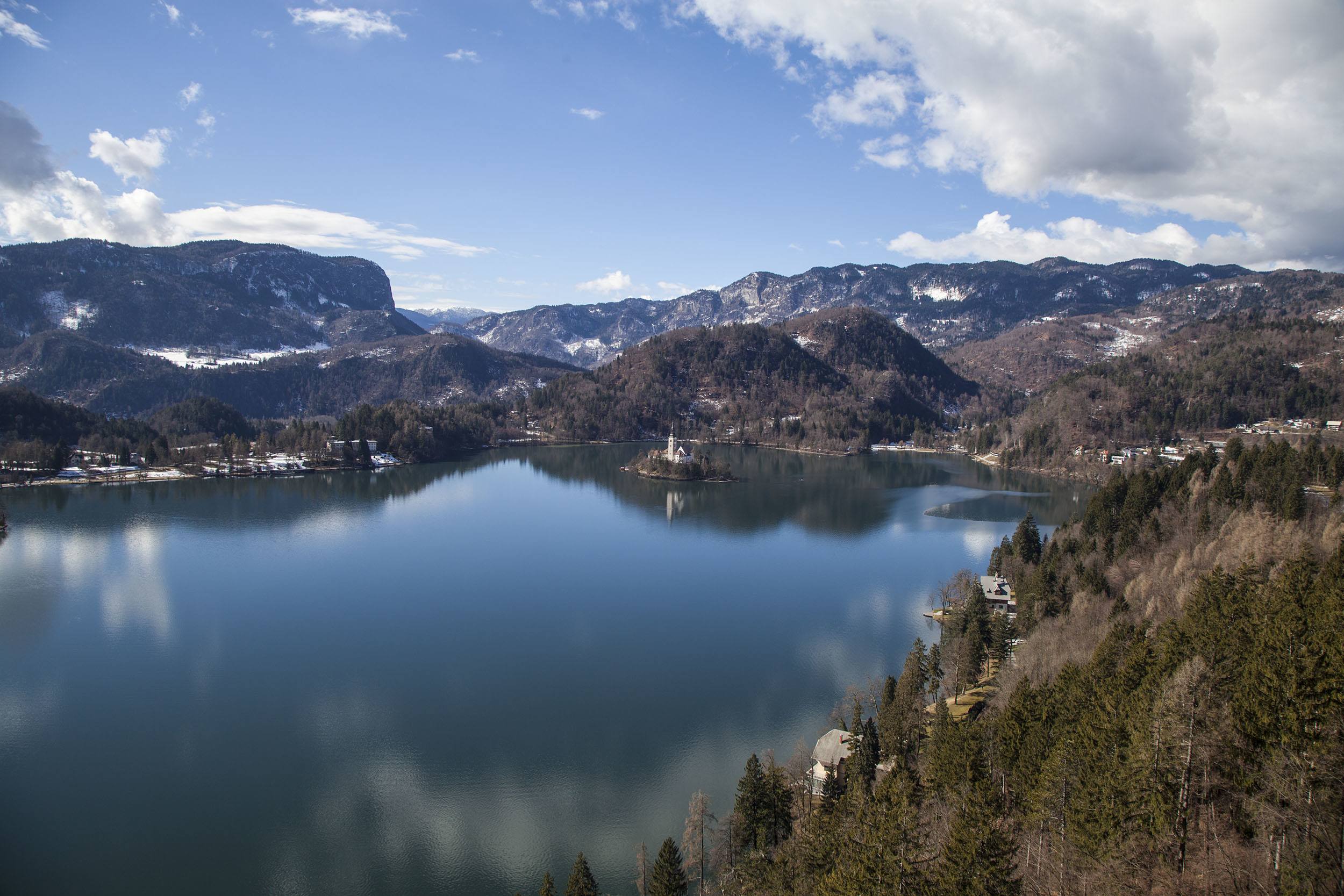
After three days in Ljubljana and a night of unexpected nudity at minitheater, I met two kindred souls at Hostel Vrba, both of whom wanted to get the wind in their travel sails by leaving city limits for a day. Together, with the help of hostel staff, we rented a car and, with snacks, driving licences and cameras in tow, hit the Slovenian highway, castle, cave and coast hunting.

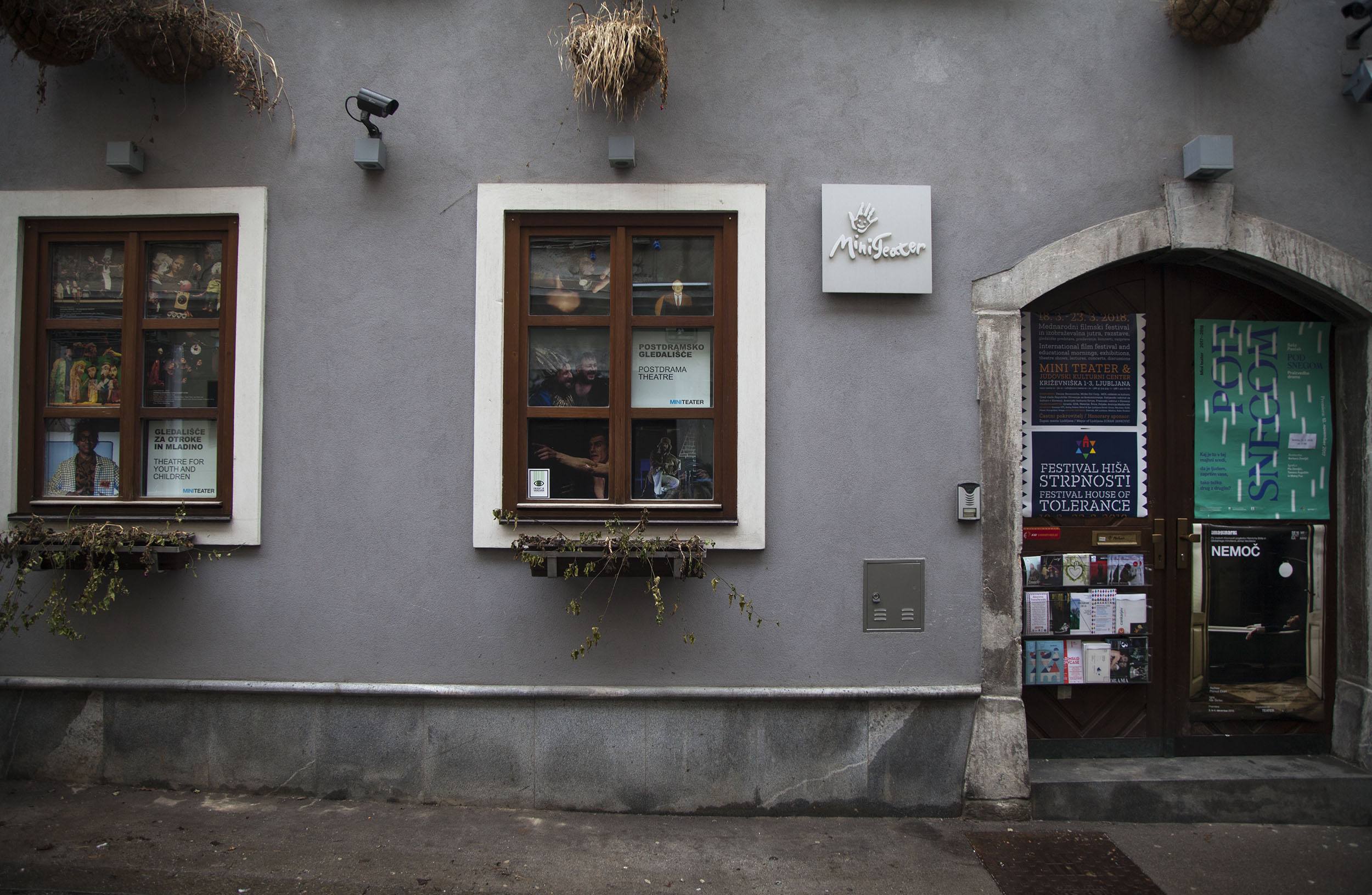
There are multiple day trip options out of the capital, depending on your availability, budget and preference. We chose to go west of Ljubljana; however, you could also head north to visit the likes of Lake Bled and Bohinj or elsewhere. Let the intrepid traveller inside of you decide. Here’s what we visited.
Predjama Castle
It’s not until you get close that the castle’s inimitability emerges: originally Medieval and eventually reconstructed in Renaissance style, it is pressed into the gaping mouth of a cavern next to a vertical cliff. Impregnable? Yes, I’d imagine it was. Dramatic? Most definitely.
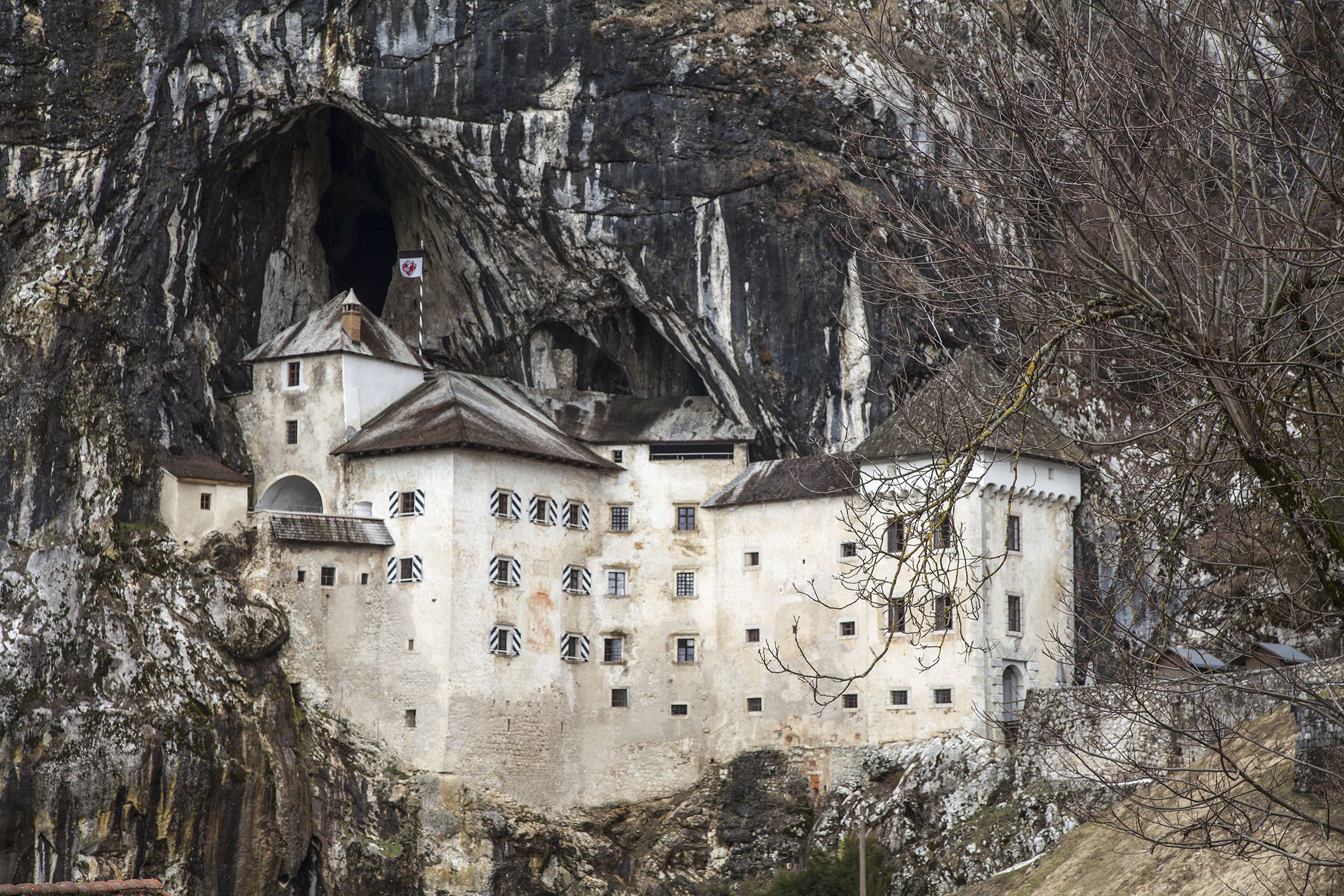
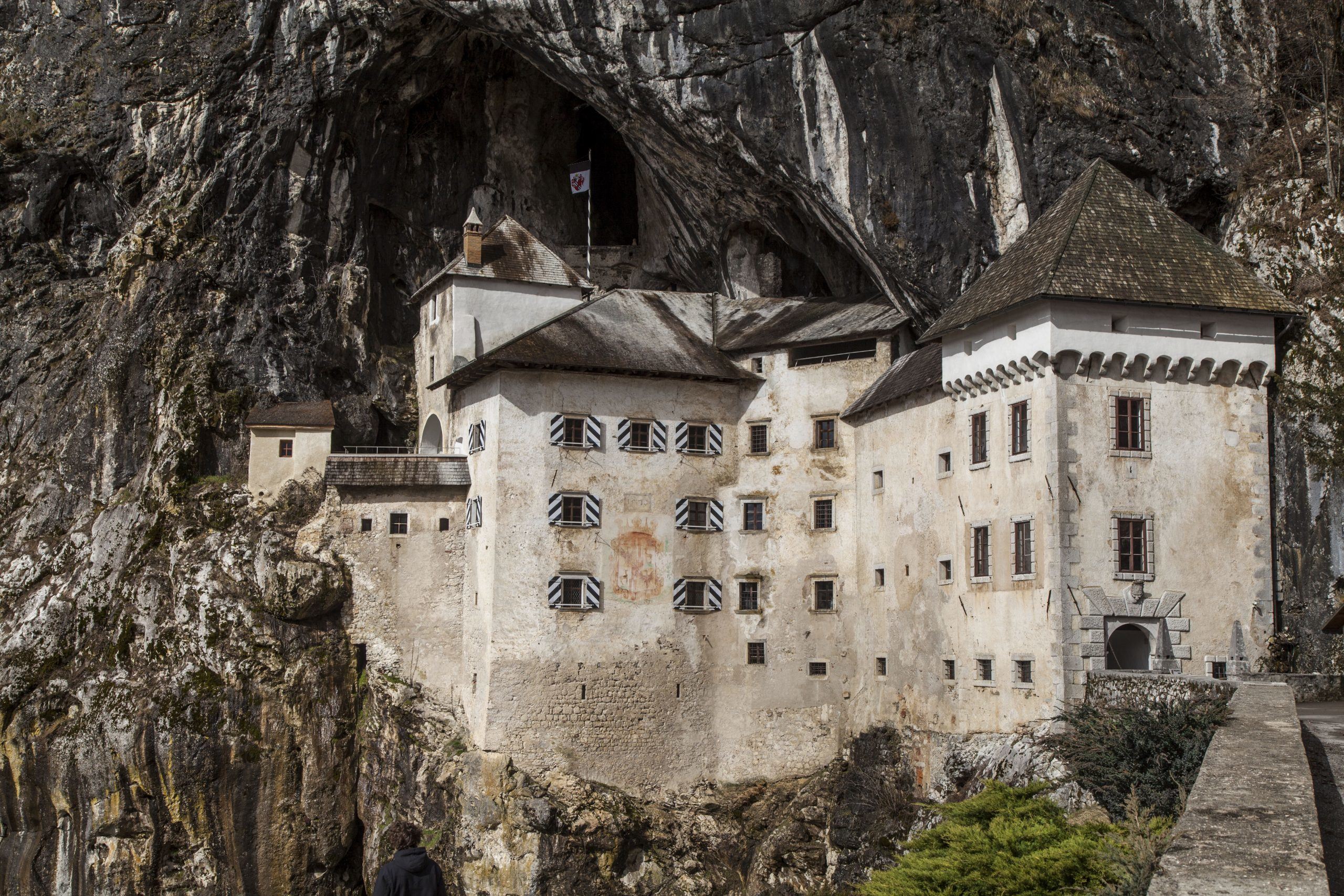
The original four storeys were constructed gradually, most of which were destroyed twice, yes, two times, both instances during the 16th century. The final version, the one we saw on the inclement January morning, was completed in 1570.
It has the requisite tick-list features you’d expect of a castle, and more: a treasure chest (uncovered in the 90s), a dungeon and a hiding place. It sounds more like a children’s game than a castle, don’t you think? Nevertheless, it’s a beautiful sight, and a perfect way of becoming acquainted with a little bit of Slovenia’s history.
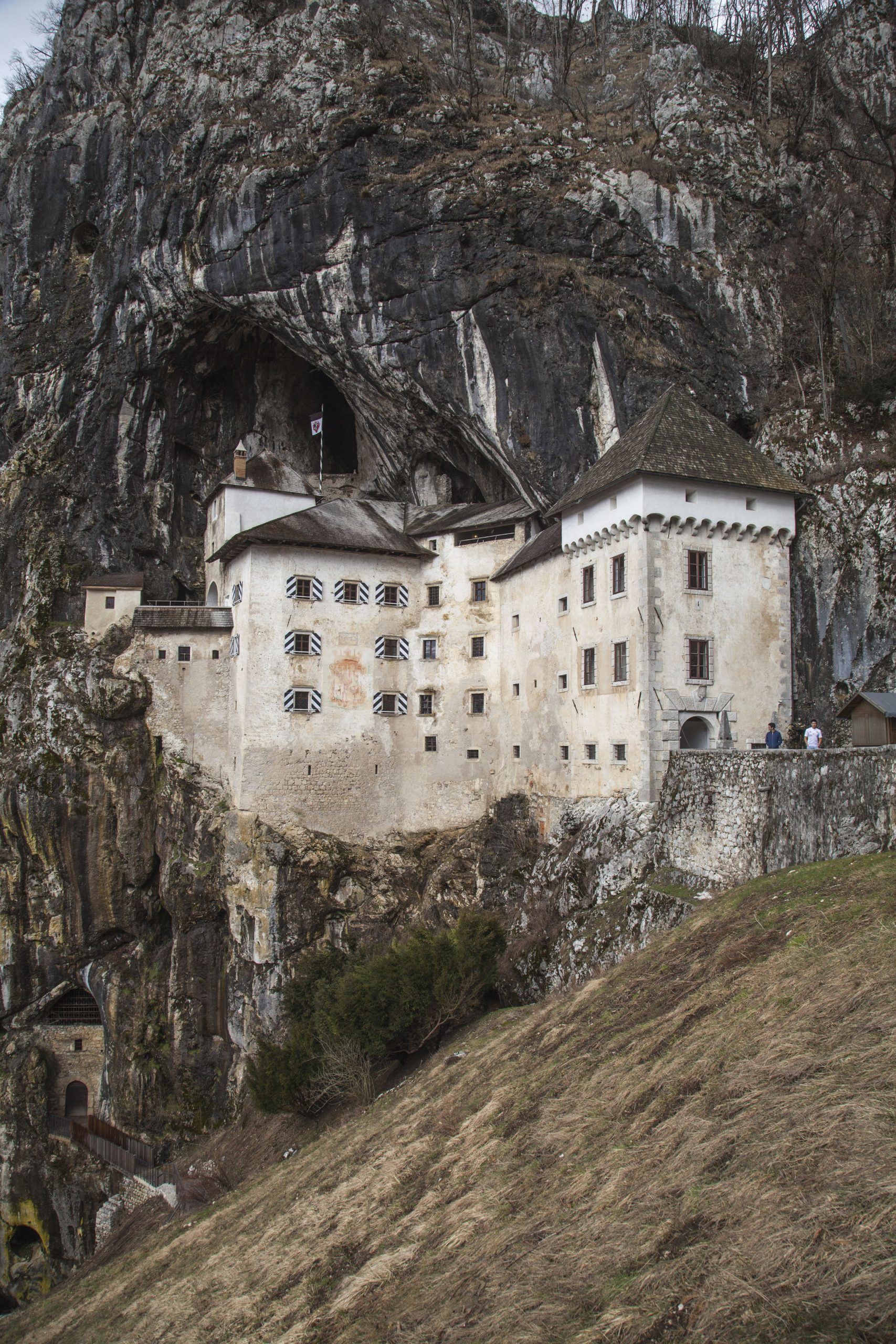
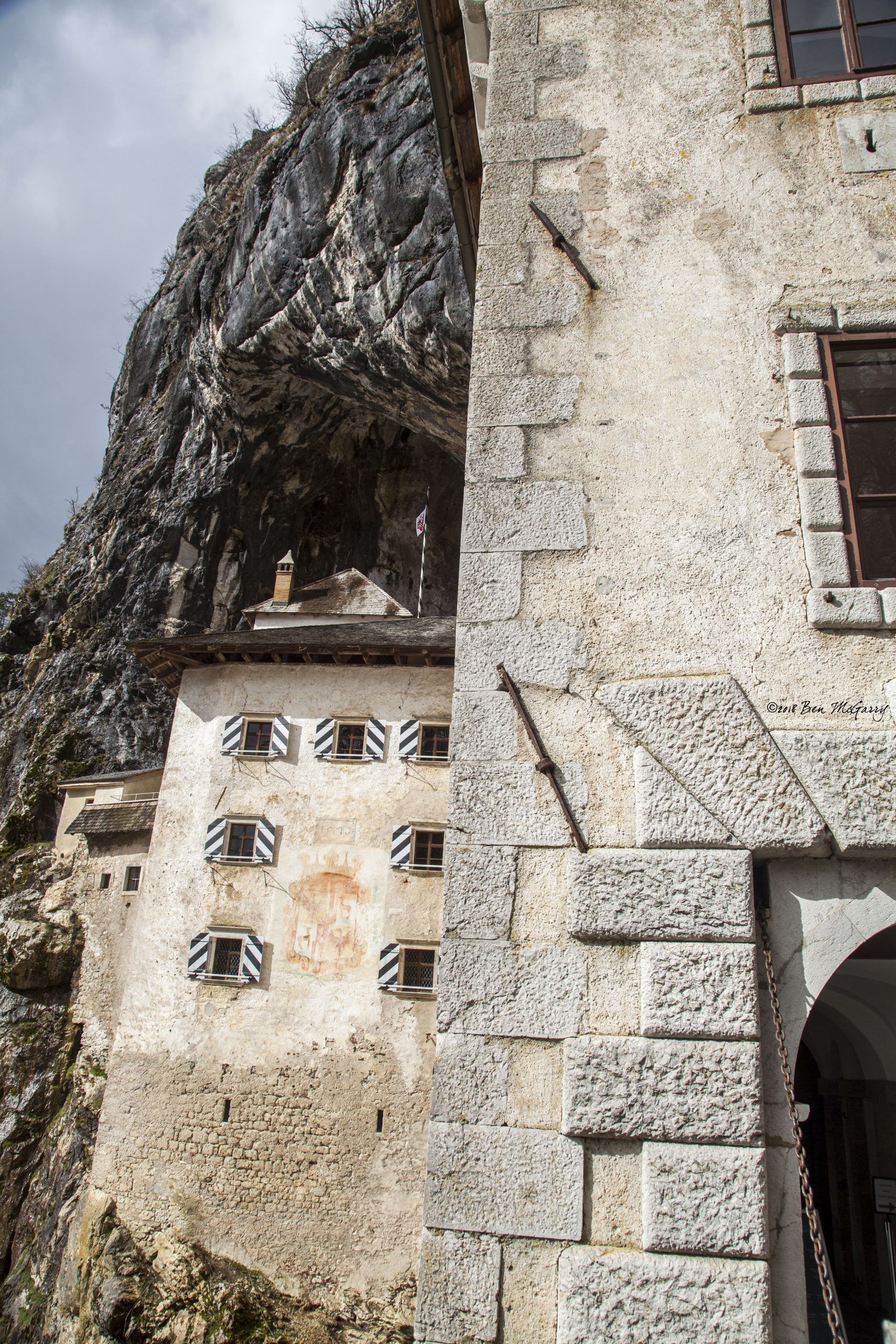
I need to make a confession: with a hefty 14-euro price tag, we opted for a few photographic moments outside before moving on to the biodiversity of Postojna Caves. There are always compromises to be made, particularly when backpacking solo and sticking to a budget.
On this occasion, each member of the newly formed group chose nature over historical narration. Getting a glimpse of the cliff hanger from the viewing platform 30-metres from the entrance, however, was still worth the drive from the highway. It’s an impressive heirloom of Slovenia.
Transportation - Getting to Predjama Castle
By Car
If you have a European sim (or one with international roaming capabilities) and the Google Maps application (or Maps.Me), then you shouldn’t have any issues. The castle is a one-hour drive south-west of Ljubljana, most of which is completed on the E61 highway (which has tolls, often included in the hire fee of the car).
You’ll need to turn off at Postojna (which is to the north of the highway, or the right while driving) and drive through town, continuing along the 913. There will be signs to ‘Predjama’ on the roadside, so follow them well, and you won’t get lost.
Postojna Caves
One of two cave systems in the area, Postojna is the tourist-dense Disneyland sister to World Heritage listed Škocjan. Confession number two: we had planned to visit Škocjan but missed the middle of three tour times for the day, leaving us with Postojna caves as the only alternative.
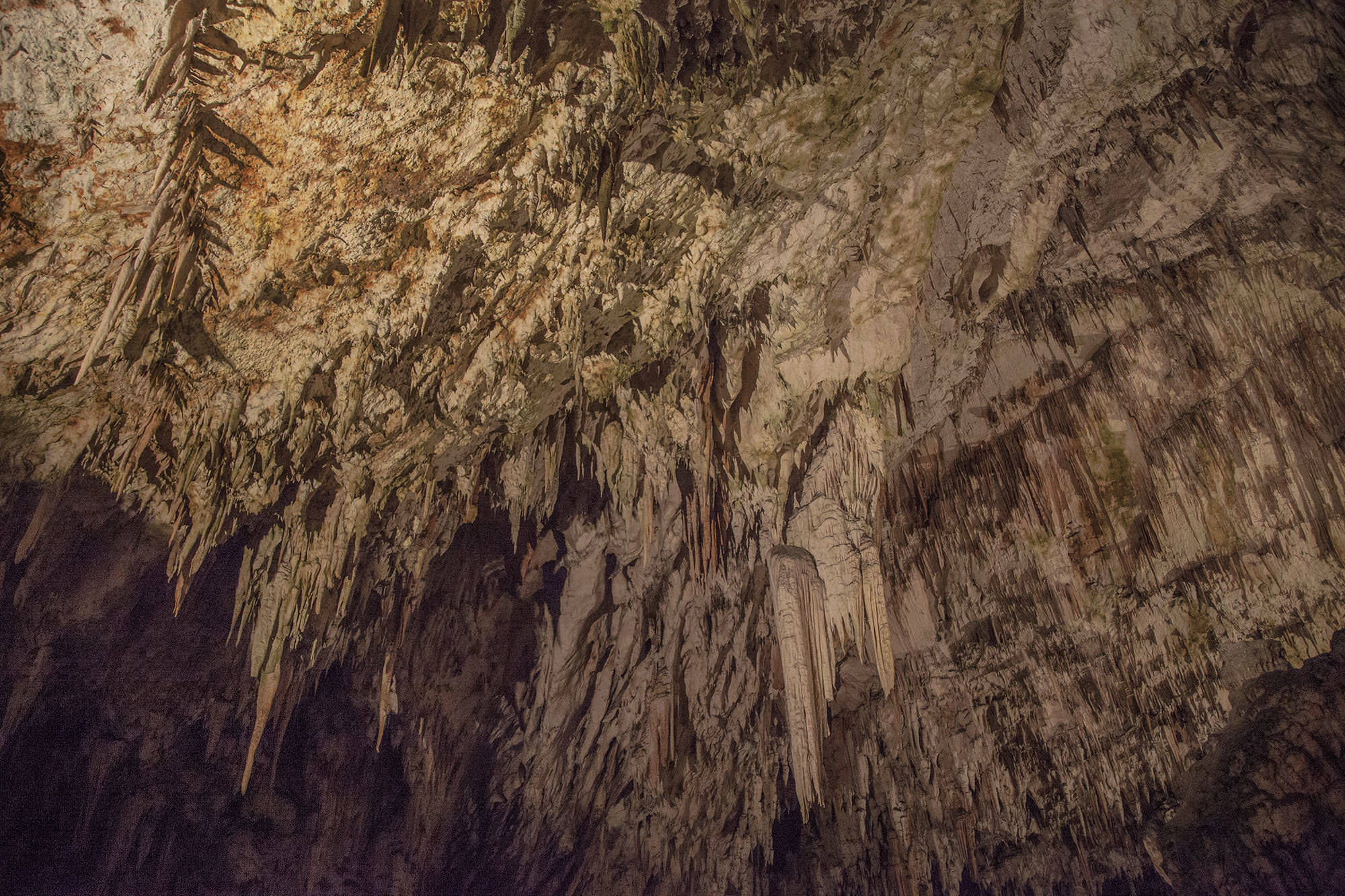
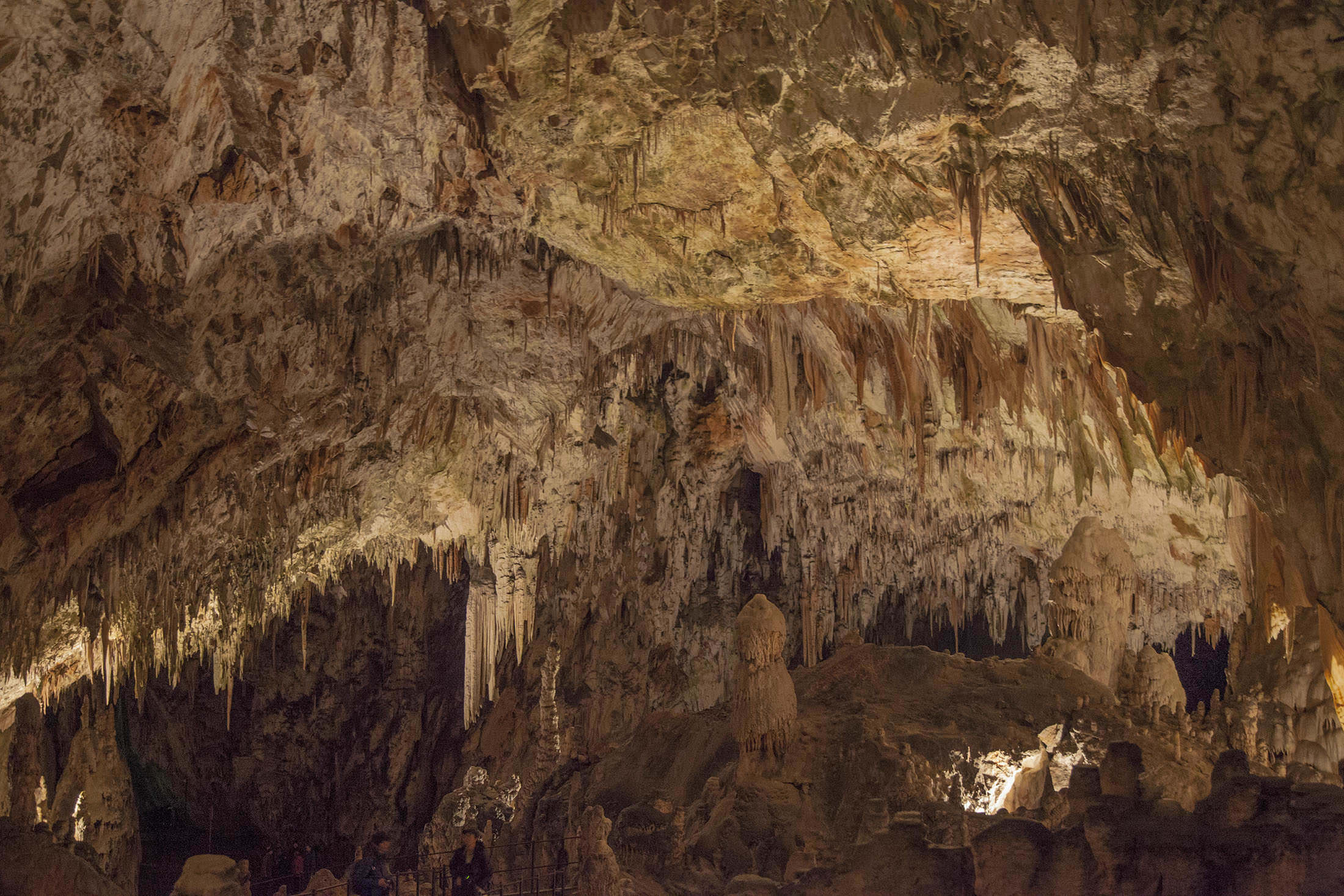
Hordes of tourists aside, the beauty and immensity of the karst cave system blew our respective minds. With 24 kilometres of passages in the subterranean world, there’s little wonder hundreds of thousands visit every year: it’s a labyrinth of discovery.
After paying the cumbersome 26 Euro fee, we were added to an English-speaking group, shot through the first part of the system on a trolley, then guided through the maze of stalagmite and stalactite dense tunnels. I thought it an example of Mother Nature’s finer side, a stunning piece of underground design not often experienced by land dwellers.
There was enough ambient lighting to be able to appreciate the rock formations without the atmosphere becoming artificial.
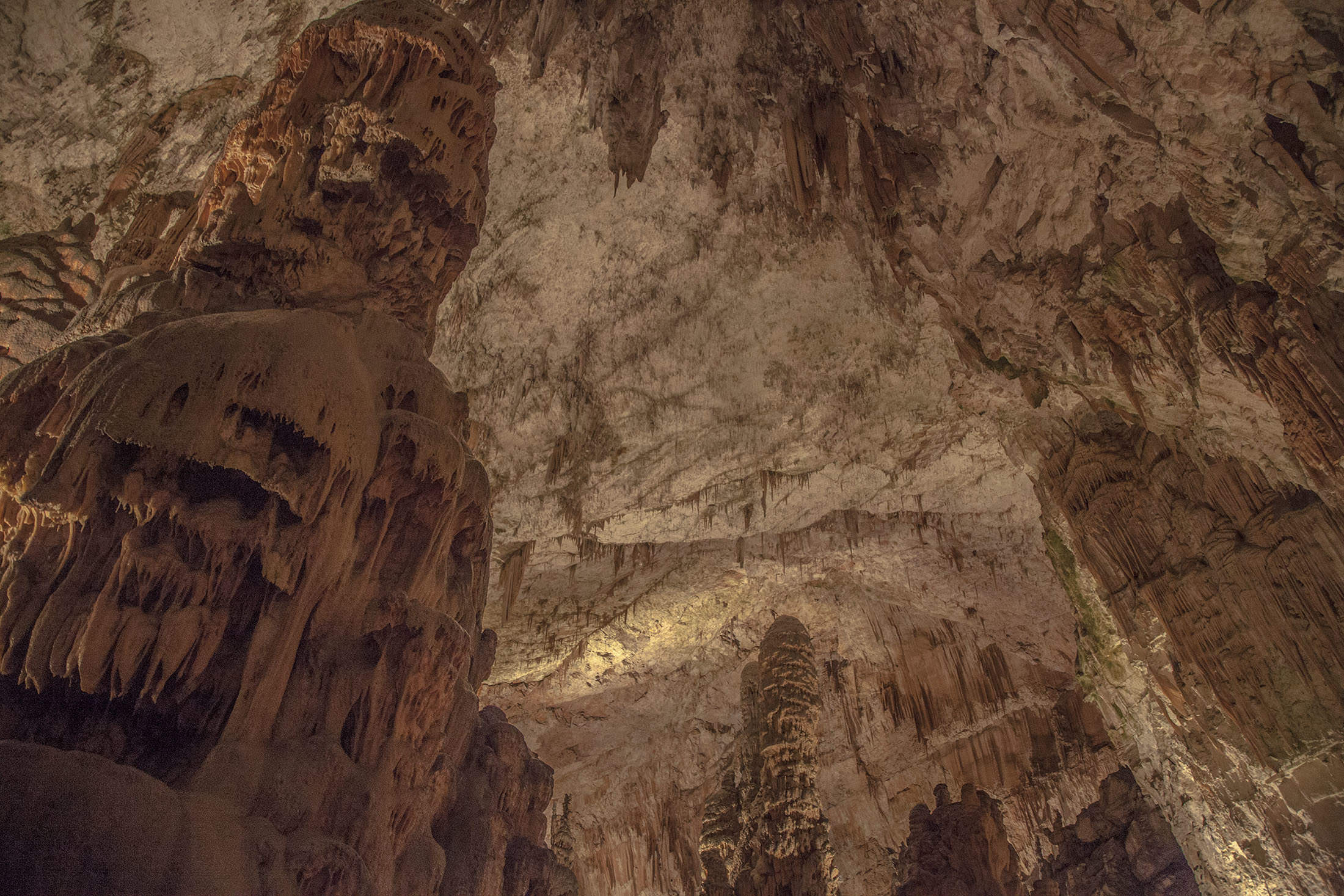
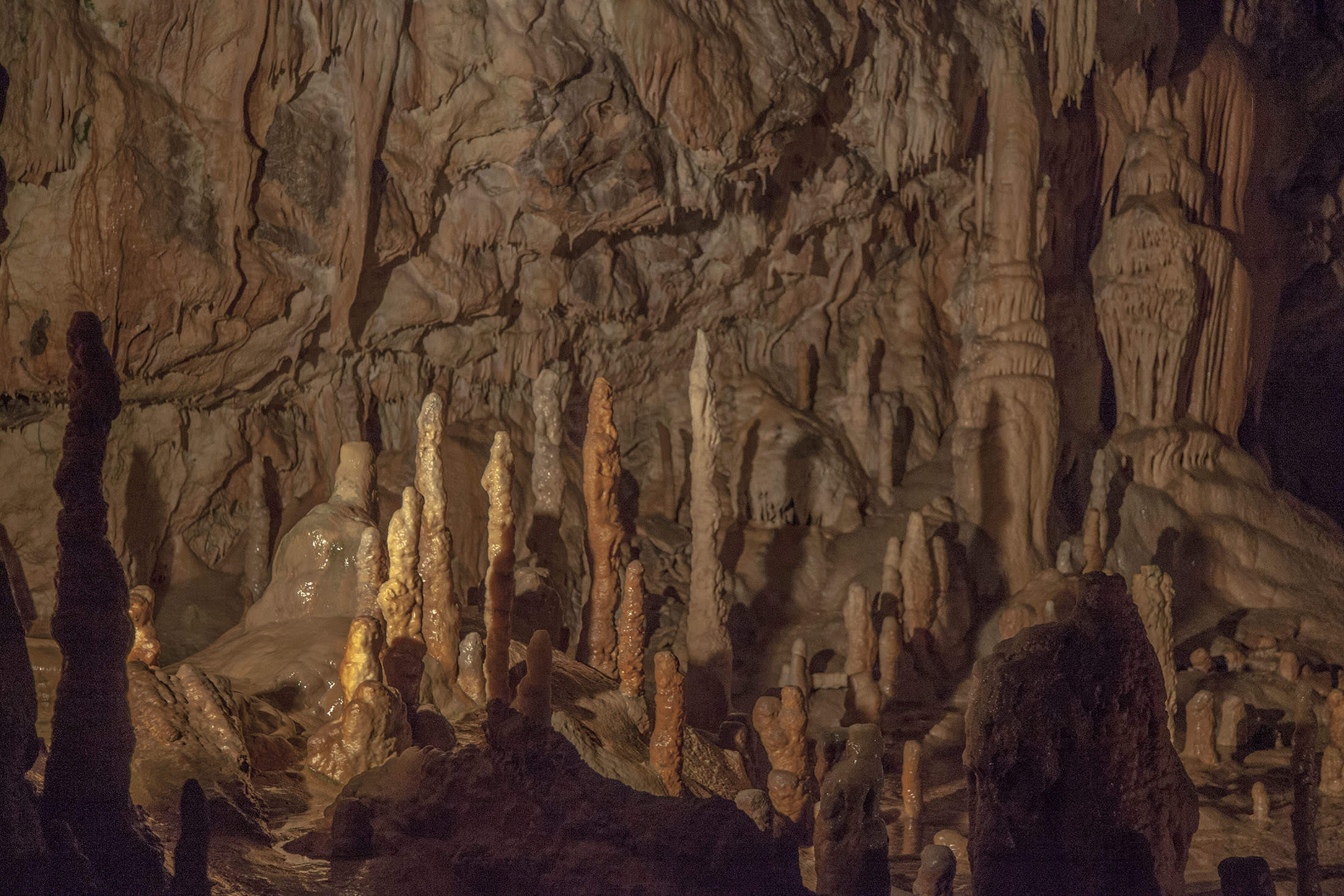
Tickets can be purchased online to save you time queueing on arrival. Take warm clothing as it’s cool underground. No flash photography is permitted, however photographs can be taken.
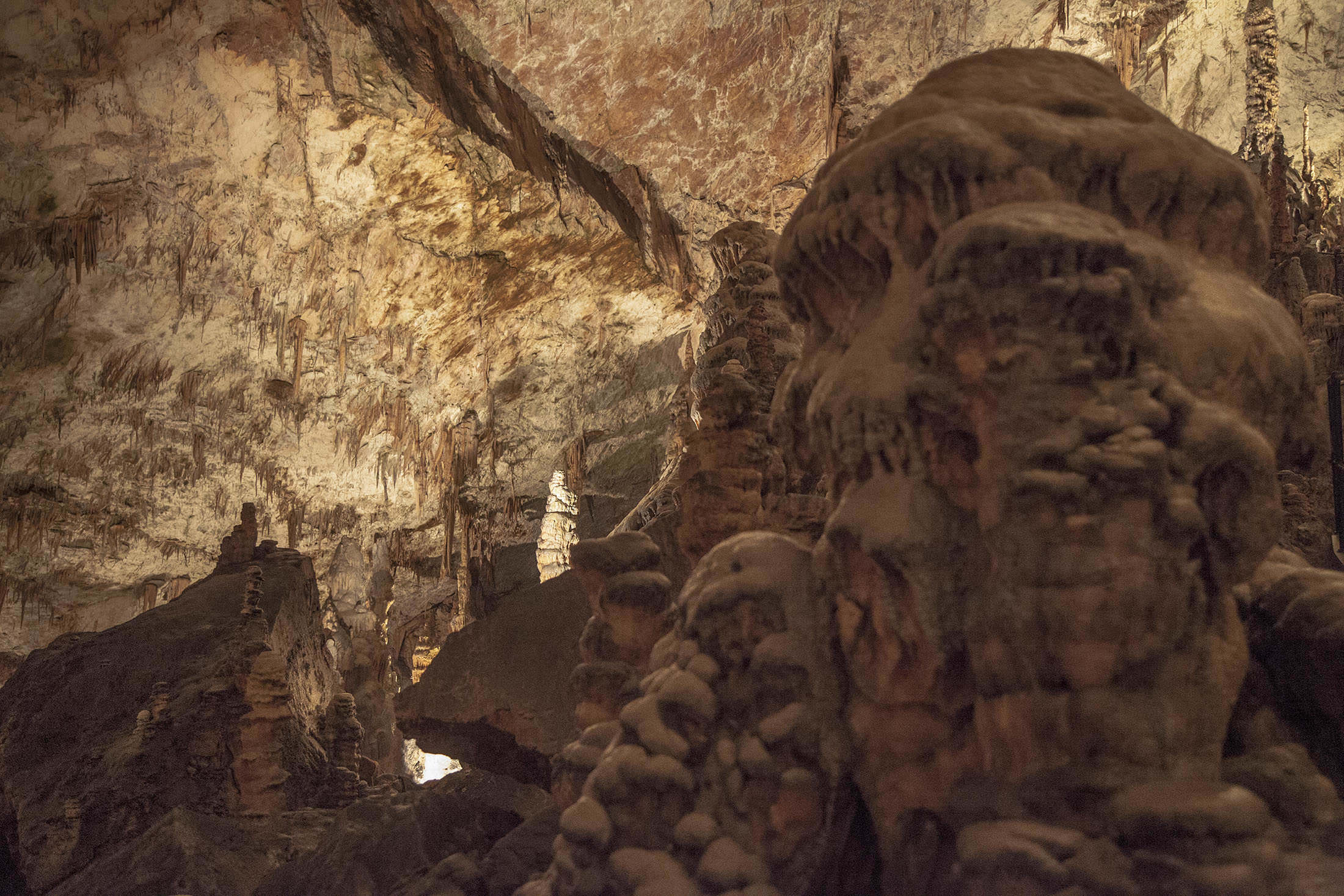
Transportation - Getting to Postojna Caves
By Car
Retrace your steps a little, in the direction of Postojna along the 913, and you’ll see signs for the cave on the roadside. It’s a 15-minute journey between the two sites.
Alternatively, you could visit the cave before going to the castle, depending on your arrival time and the respective commencement times of cave tours (which are at 10am, midday and 3pm November through March, moving to a more regular timetable April through October).
Piran
Shooting off the coast on its own peninsula is picturesque Piran, a Venetian-inspired town with healthy doses of Gothicism, charisma and antiquity. In fact, although I’ve not seen the entire Adriatic coast, I daresay Piran is as picturesque as cute towns come: old buildings jut into Adriatic waters, cobblestone weaves its way through porticoed homes to a hilltop fringed by an original town wall. There are churches, squares, boats in the harbour and a cathedral, not to mention hidden cafes and harbourfront restaurants.

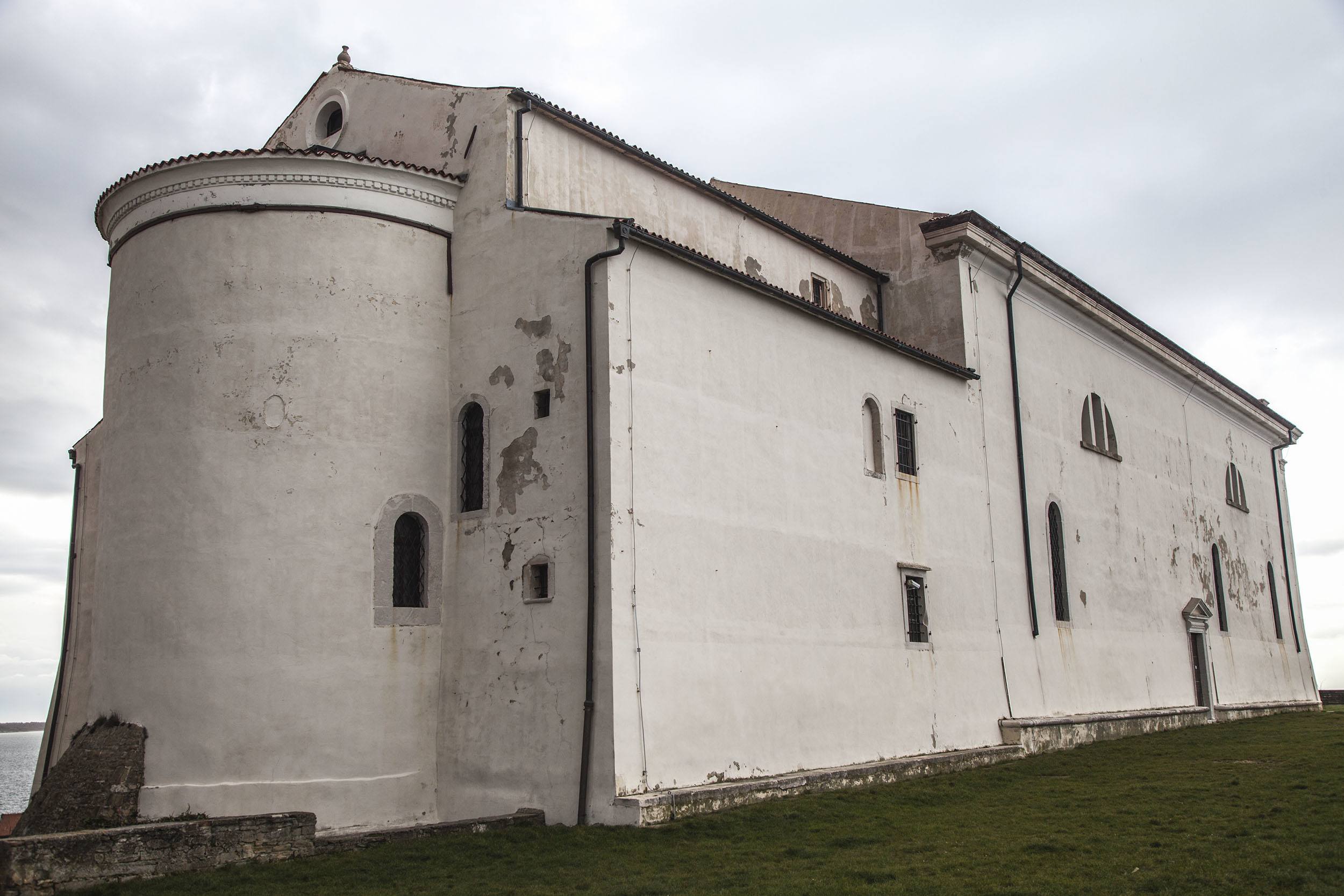
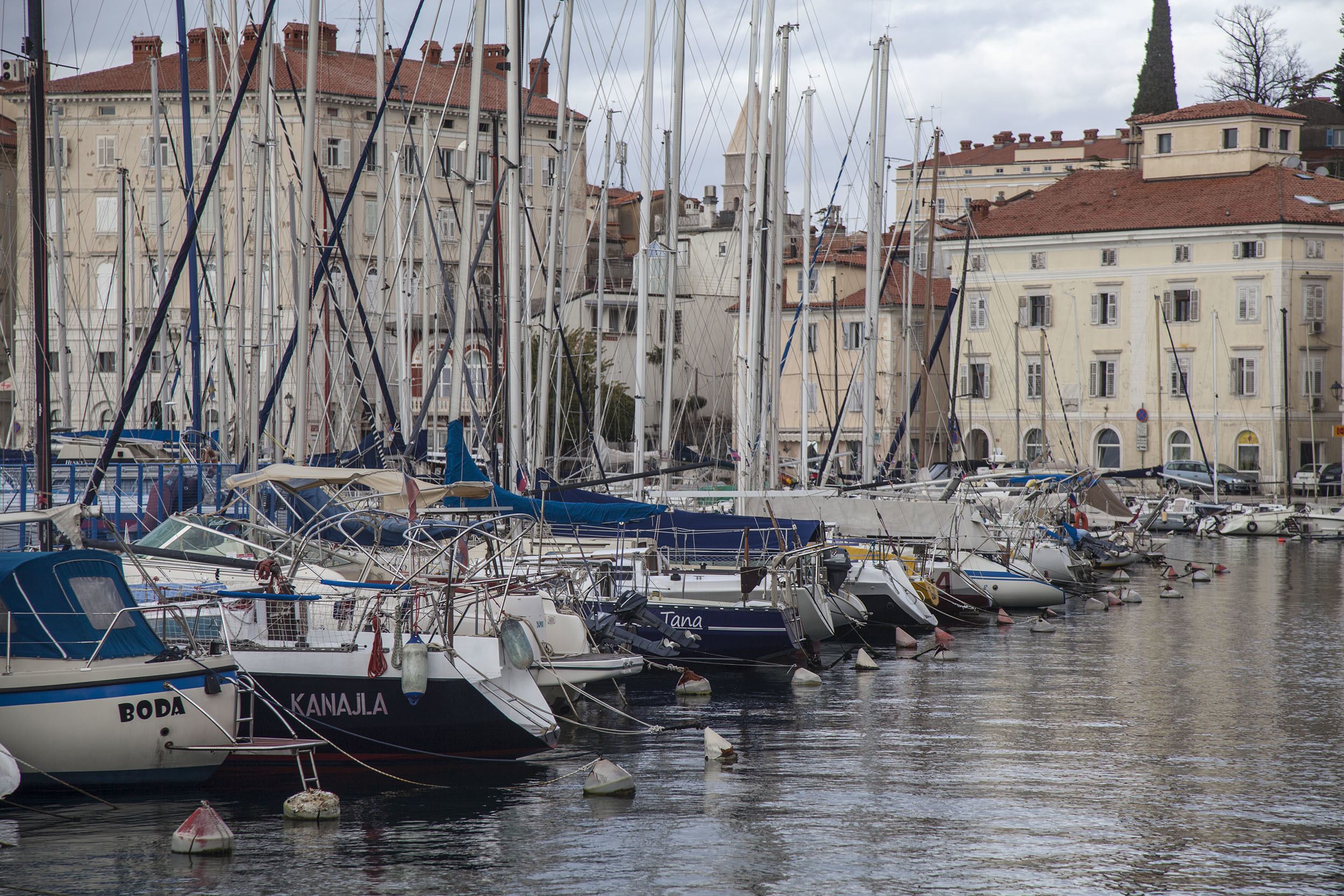
Don’t feel the fool if you mistake the atmosphere as Italian: Piran was, in fact, part of Italy until the end of World War Two. Not only is it bilingual, it’s home to Venetian architectural finesse, an Italian-like love of fodder and a laidback atmosphere. Thanks to its current nationality as Slovenian, it’s also well maintained and efficient.
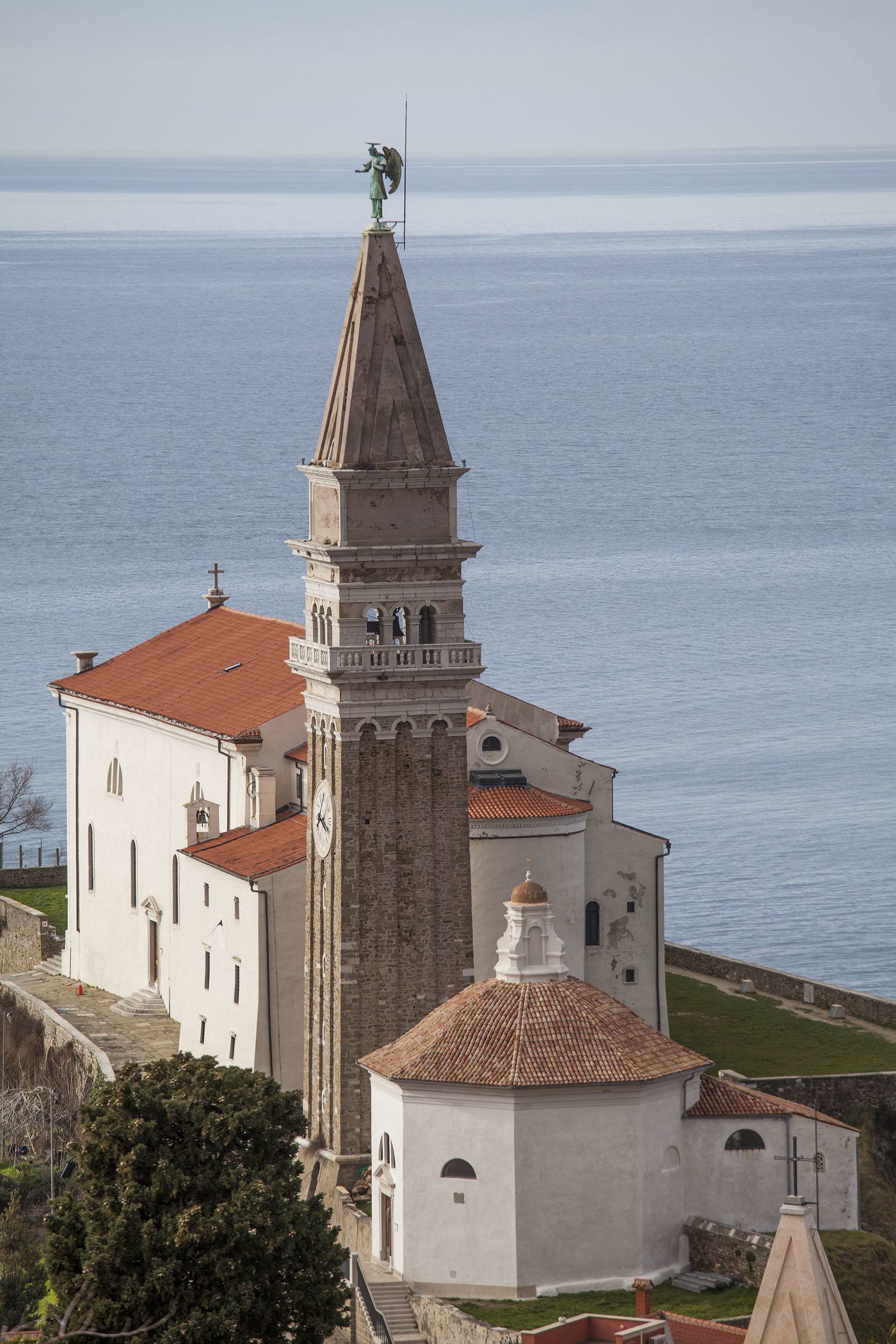
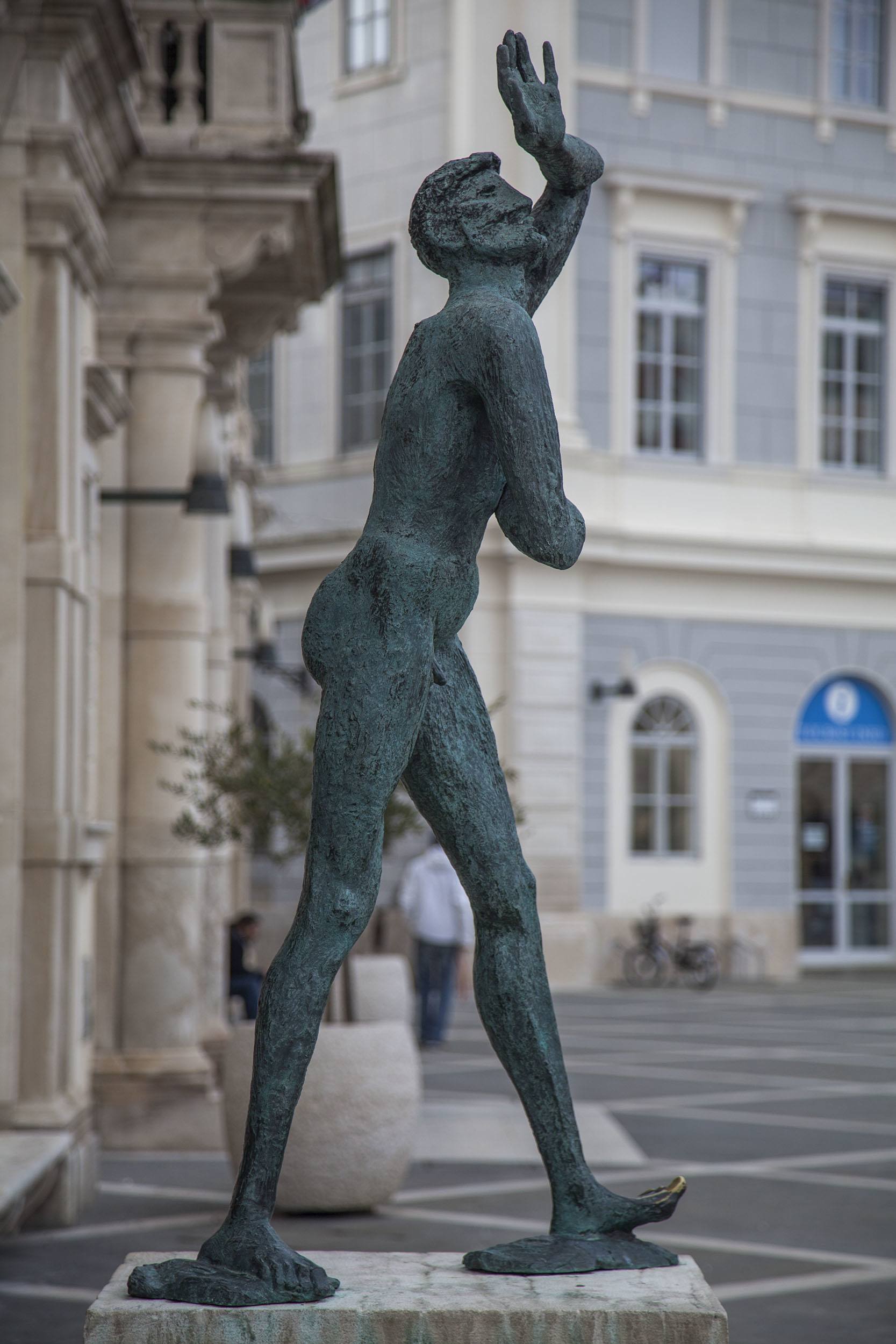
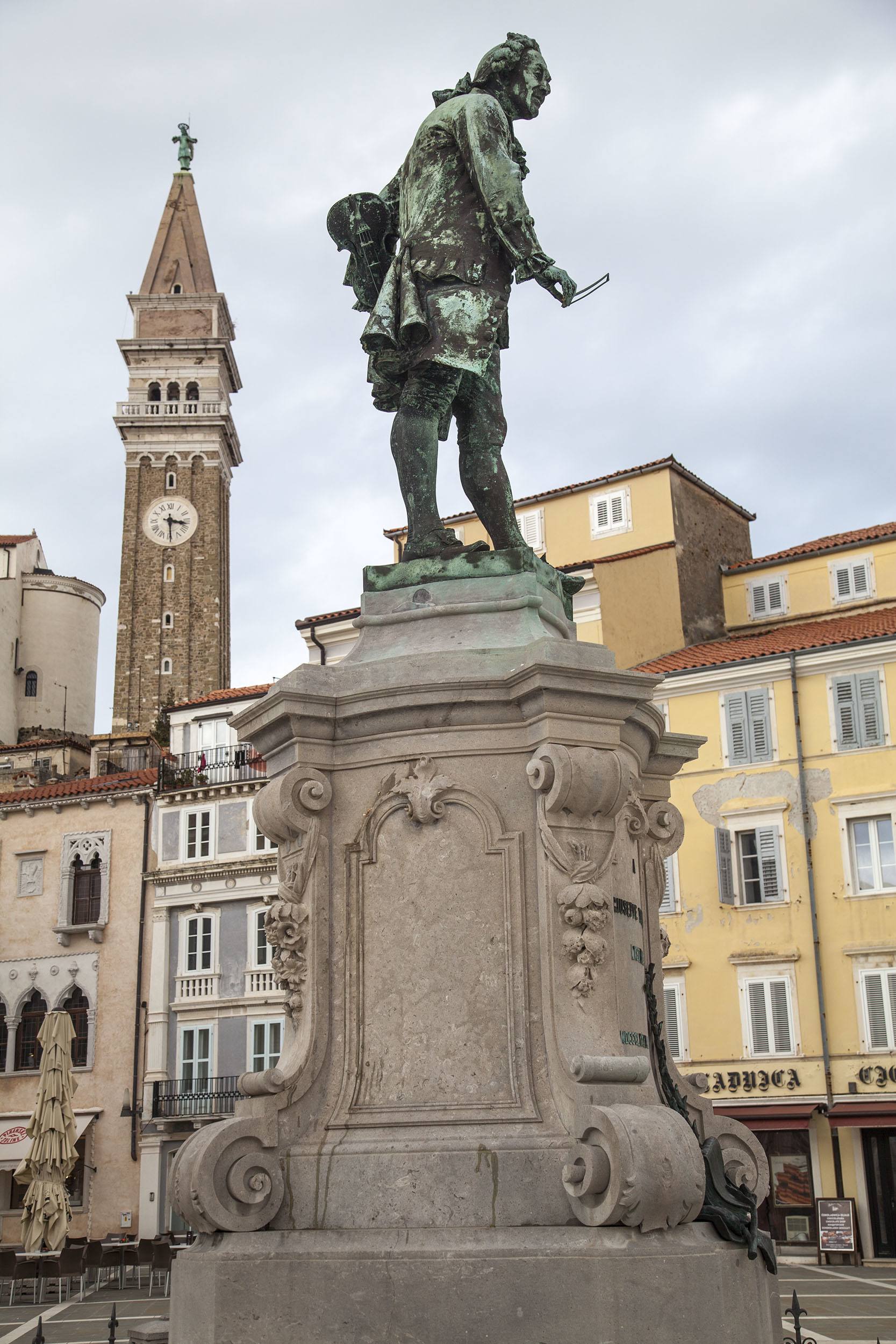
We opted to walk casually in the direction the warm breeze motioned us. Following a photo session in the town square, we trailed the cobblestone path to St George Cathedral, followed by a visit to the old town wall with its stunning views. We finished off the tour by strolling along the esplanade by the water to its final point. With hot chocolate and cake in hand, we watched the sun as it disappeared over the horizon, the perfect finish to a day tour out of Ljubljana.
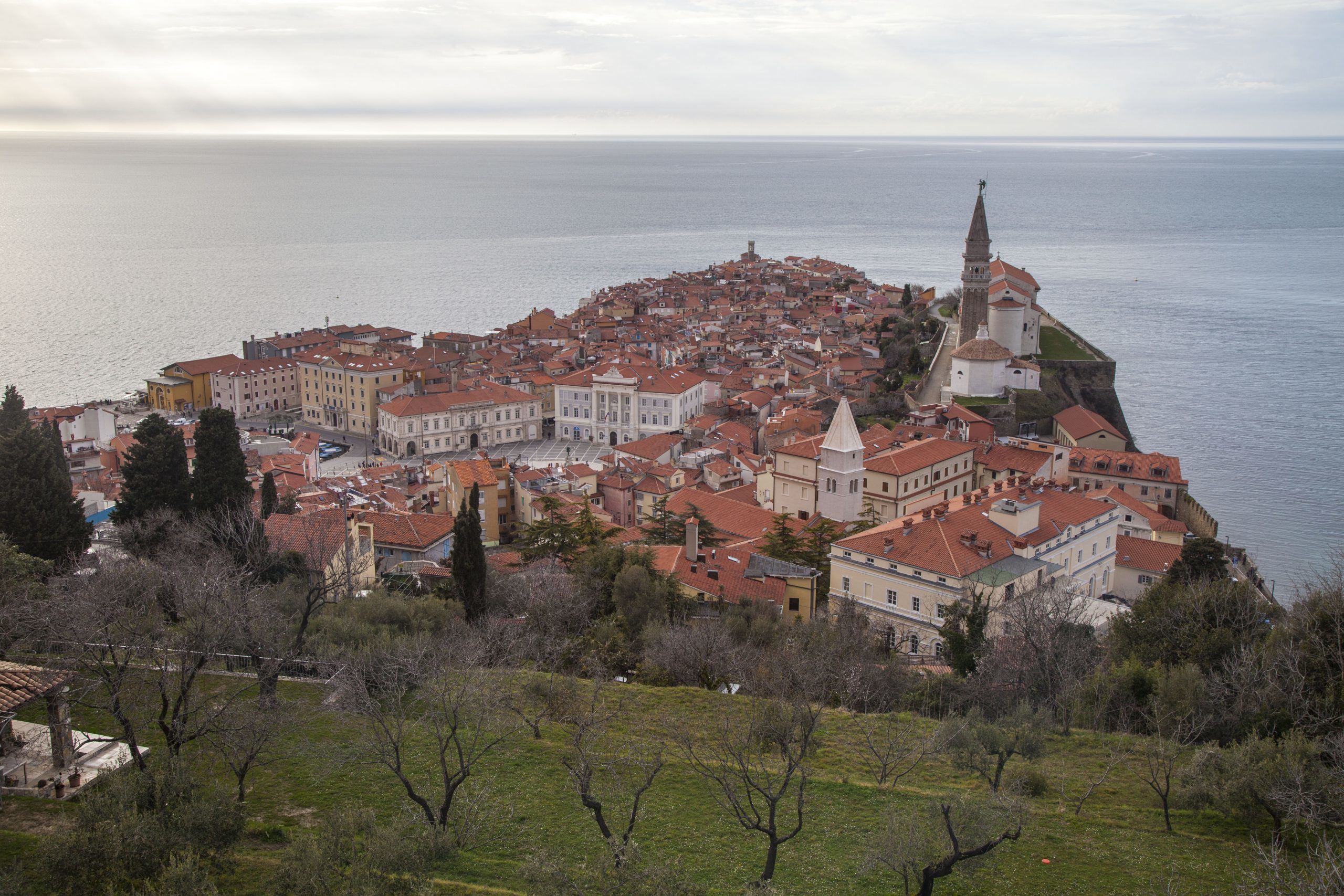
Transportation - Getting to Piran
By Car
After visiting the caves and castle, return to highway E61 and continue driving south-west. The journey from start to finish shouldn’t take longer than an hour.
There is multi storey parking on the road that winds its way down the mountain towards, Piran’s entrance. It’s a short walk (and there’s a free shuttle bus) to the old town, and it’s a scenic route. Parking within the old town is metered, and much more expensive than the multi-storey prices.
Visit Slovenia
I hope you get the opportunity, as did I, to explore some of Slovenia’s finer features. It’s a country littered with wonders – both natural and built, warranting at least consideration as an itinerary inclusion.

If you have any questions, concerns or remarks, please get in touch.
